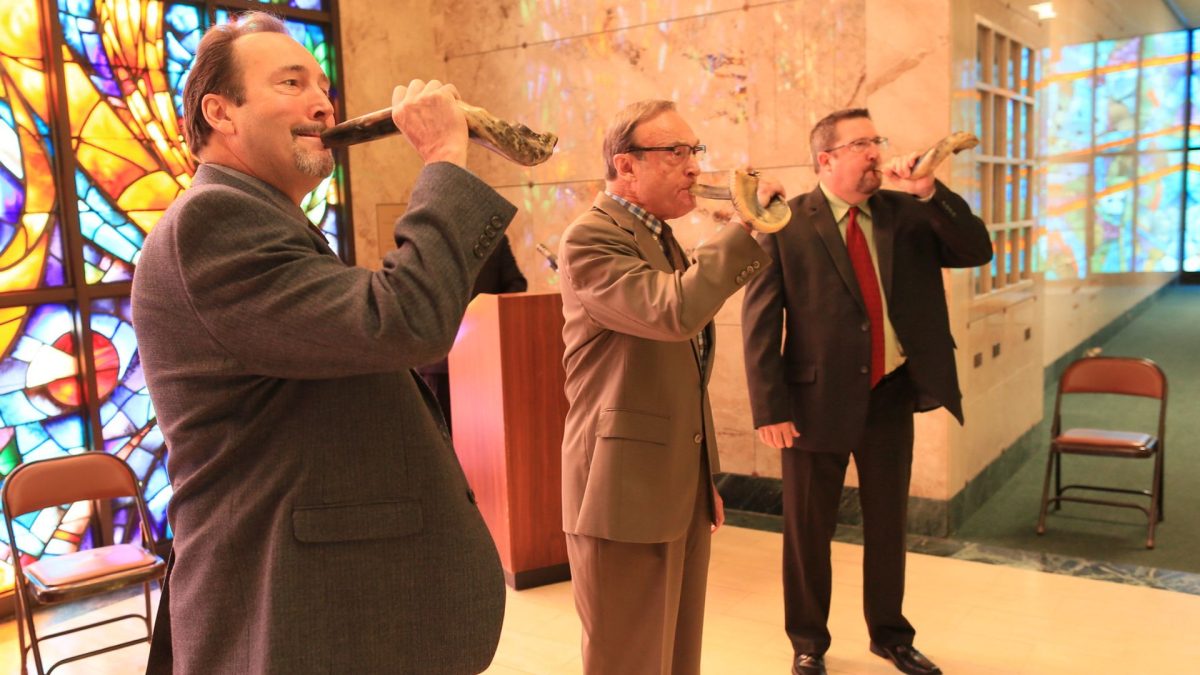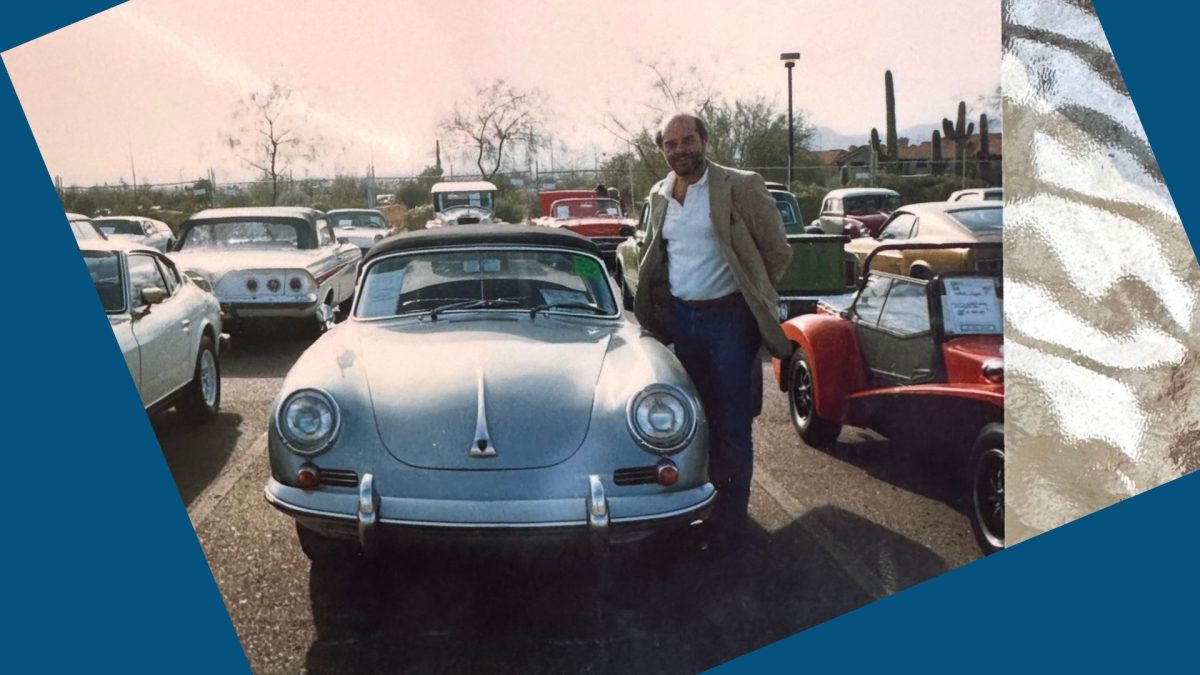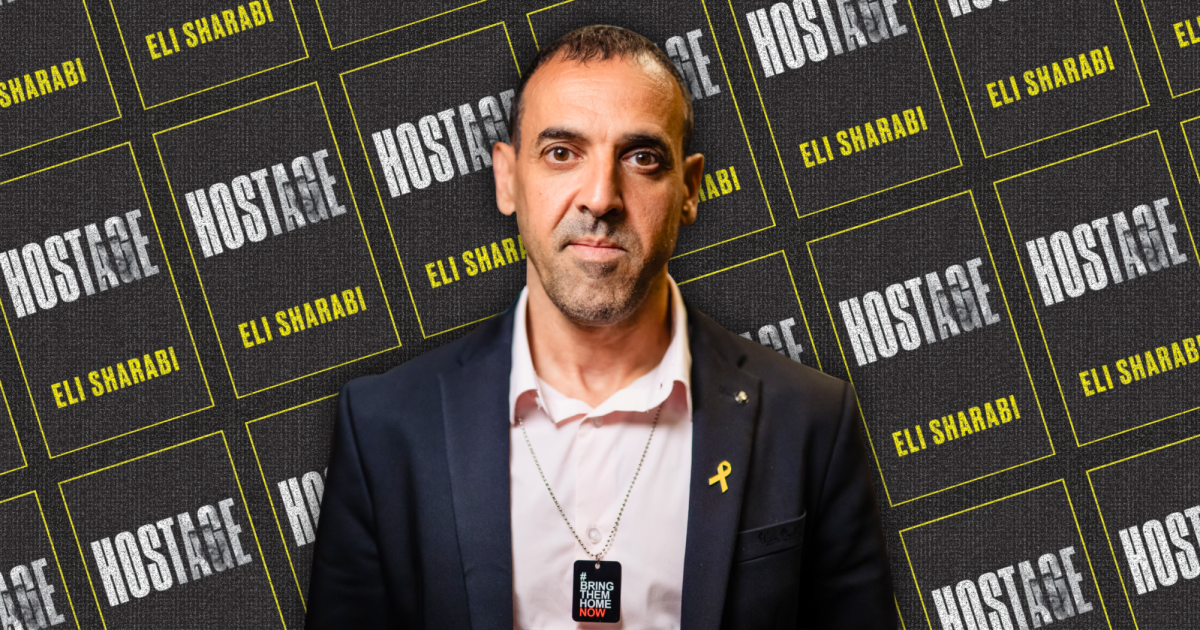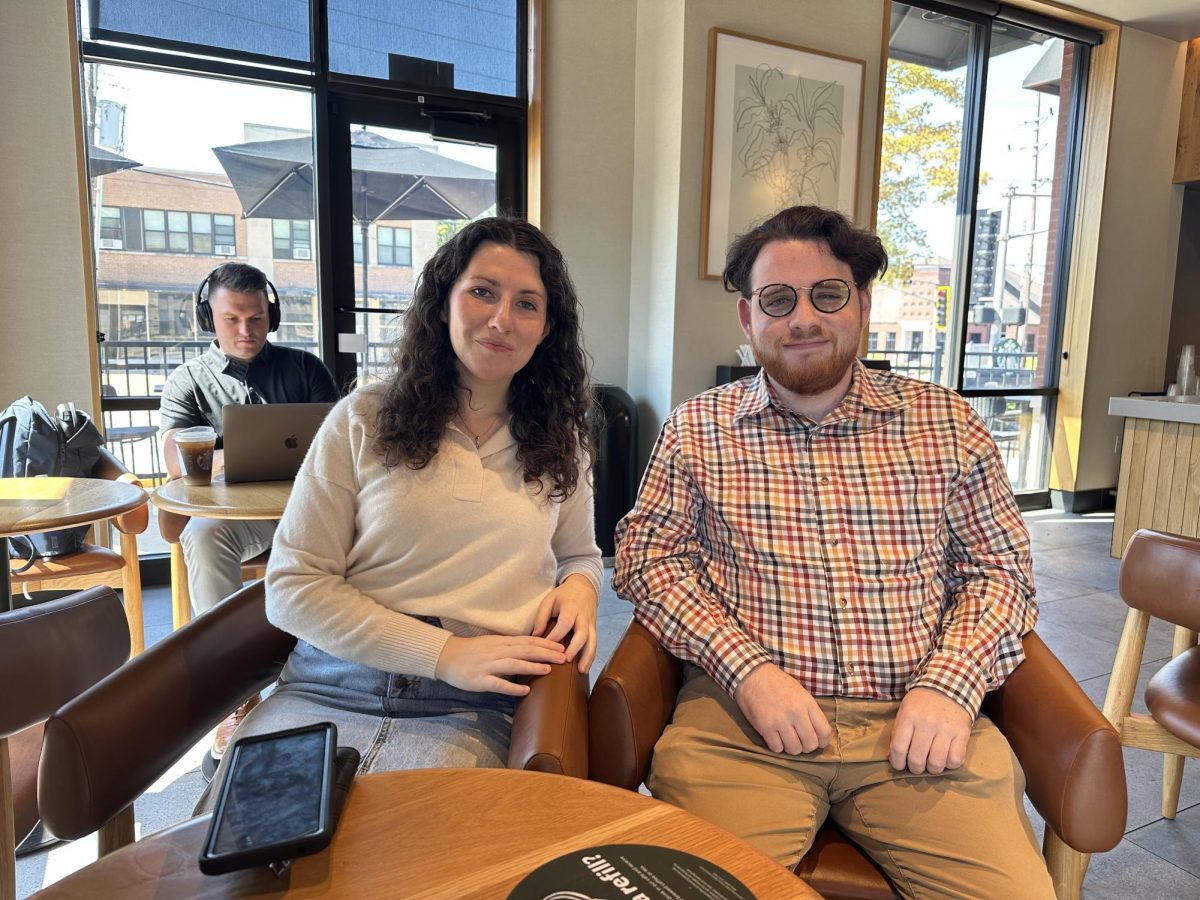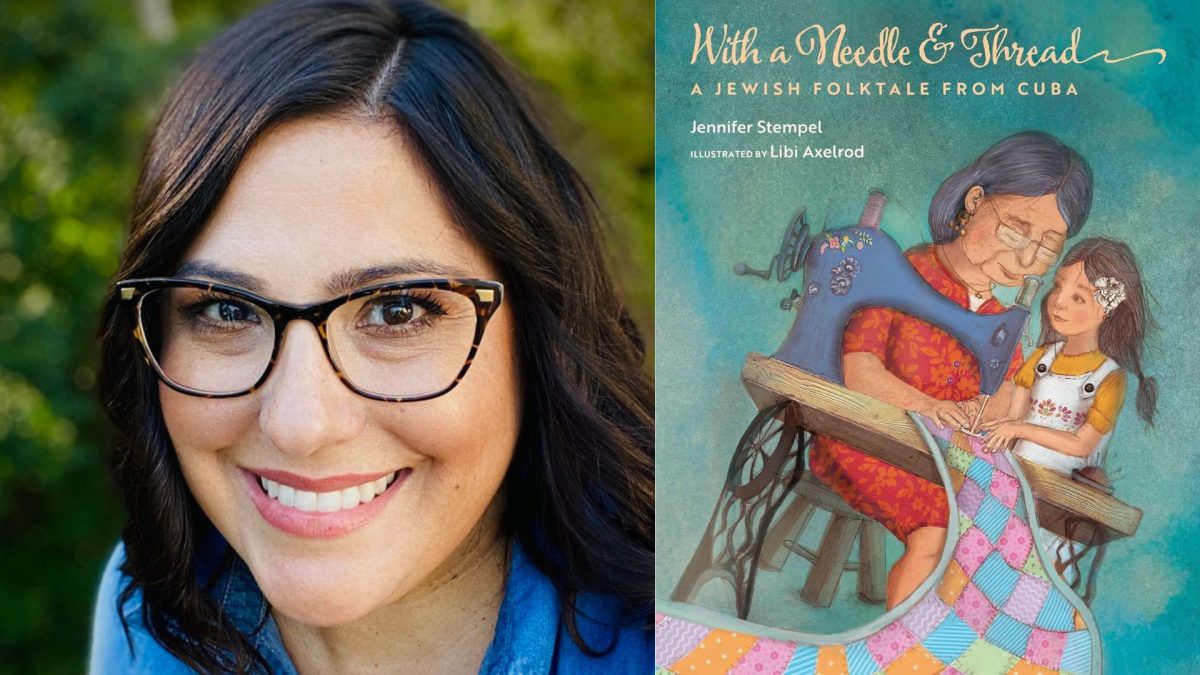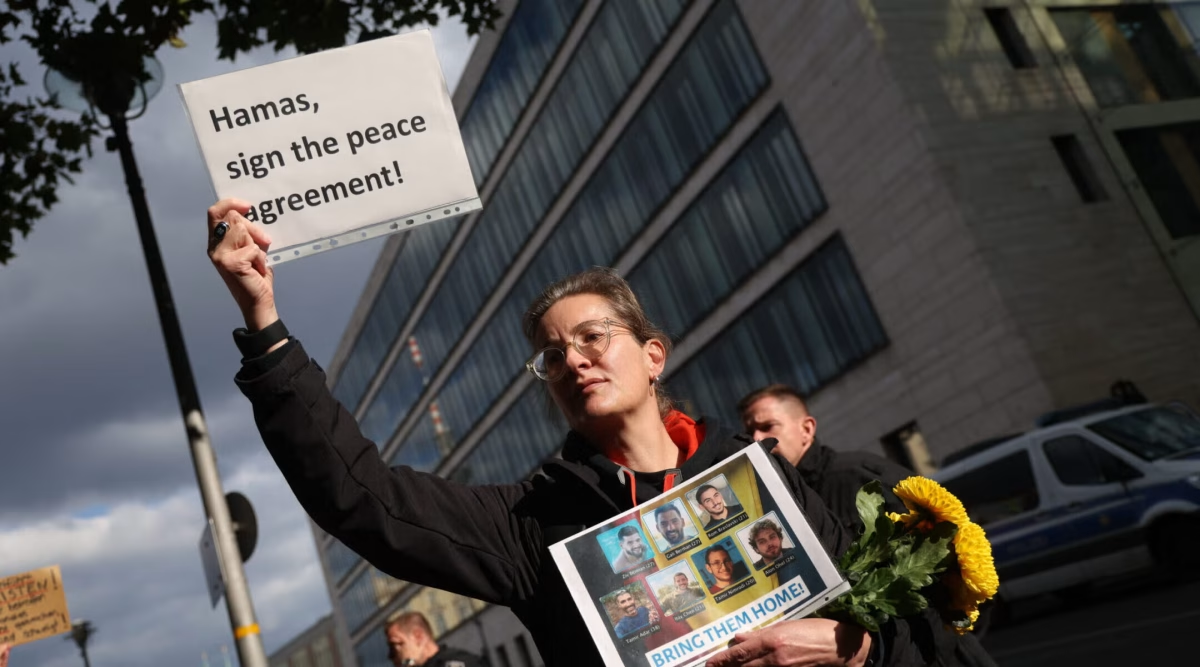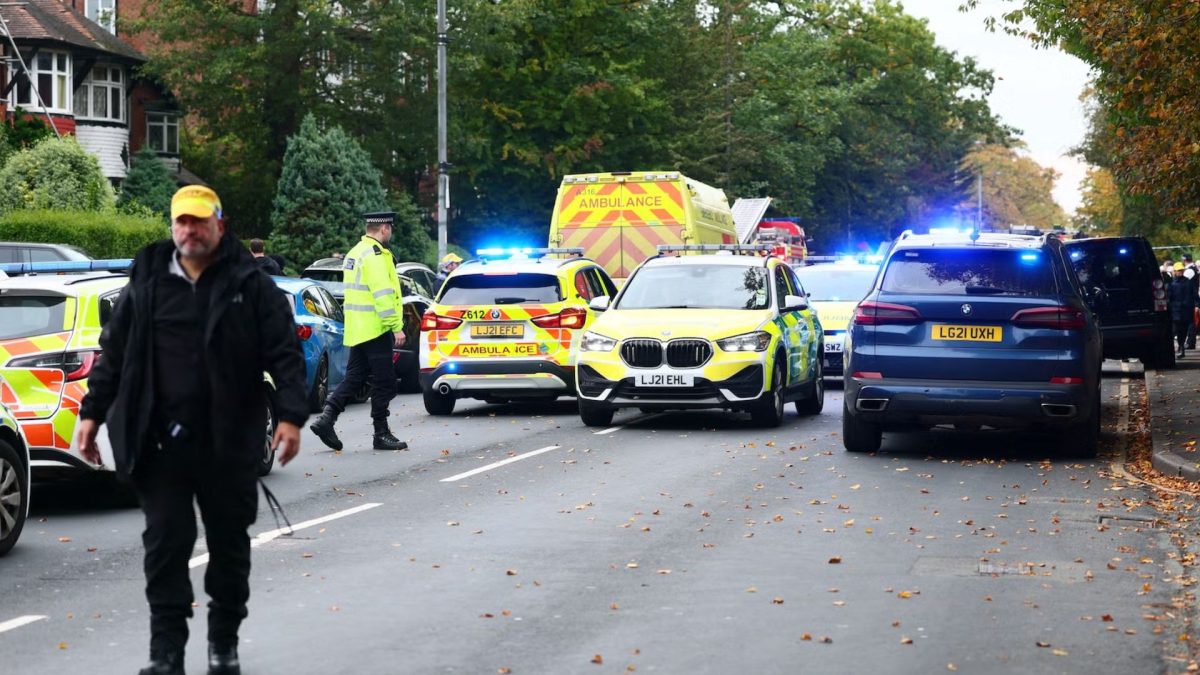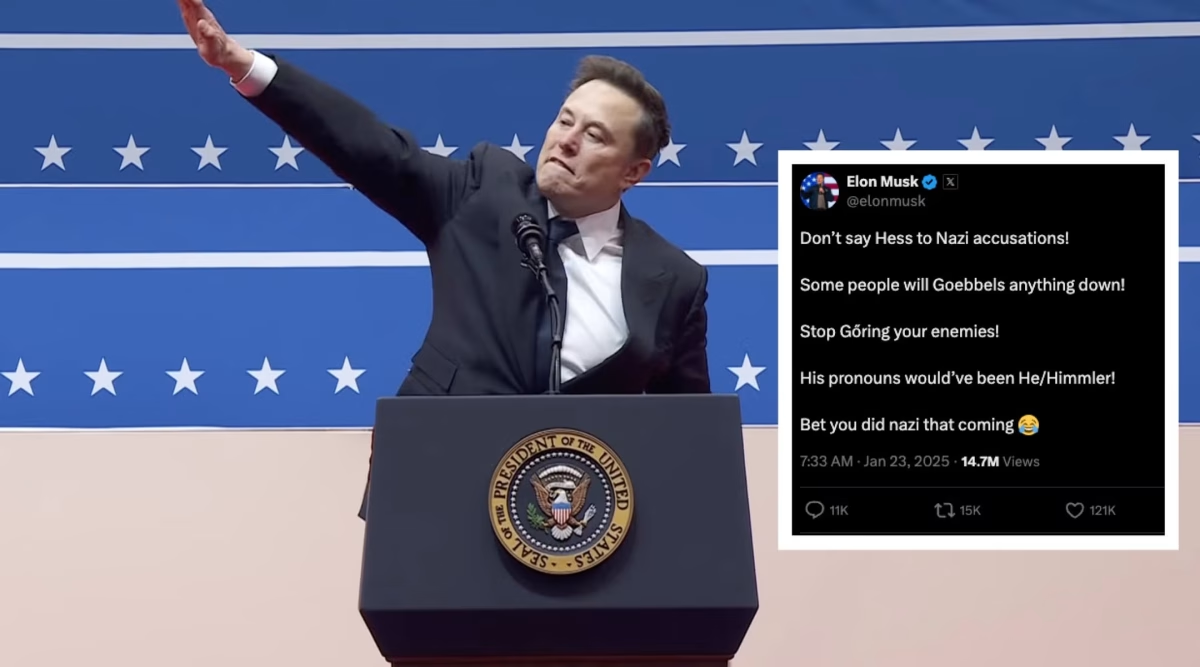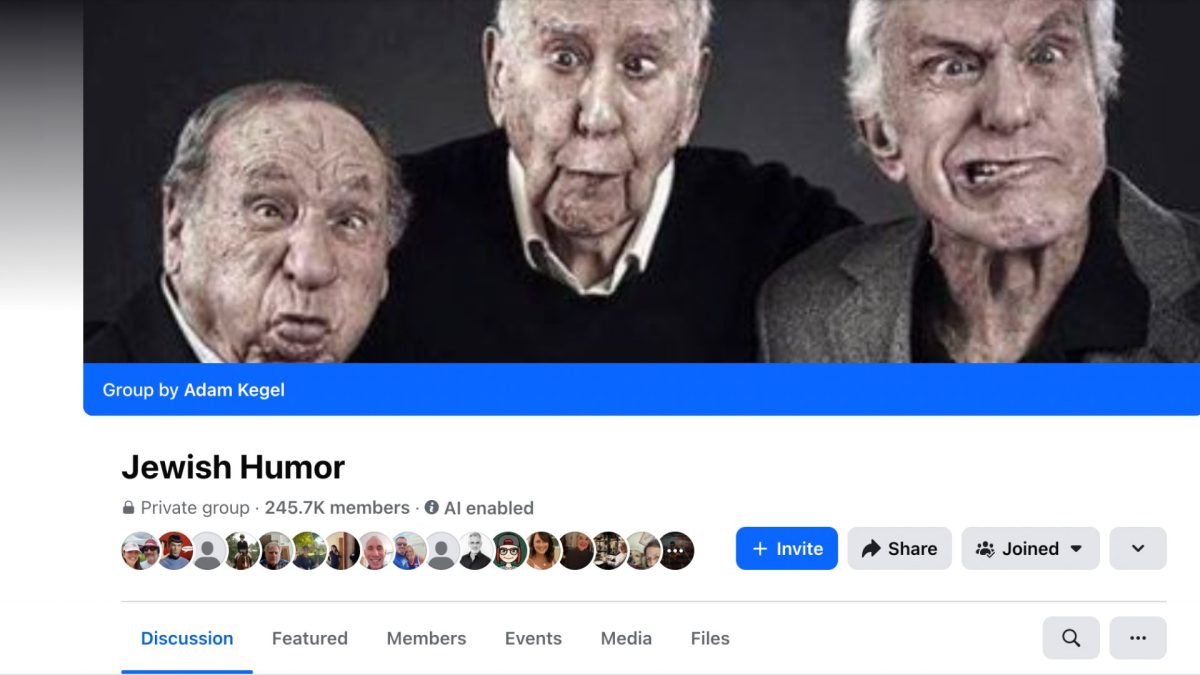The Loewenstein family takes the concept of l’dor v’dor to heart. Rob Loewenstein, 89, has been blowing shofar on Rosh Hashanah for 79 years. Arnold Weiss, his great-uncle, blew shofar in the 1920s at B’nai El, as did his father, Erwin Loewenstein. All four of his sons and his daughter Cynthia (of blessed memory) have blown the shofar. Add in his granddaughter Allie, and that’s four generations who engage in the centuries-old Jewish custom.
If the Loewenstein family had a crest, it would likely depict a ram’s horn. Rob Loewenstein is easily identifiable when he’s driving around St. Louis. His license plate reads “TEKIA.” Loewenstein’s father taught him to blow the shofar and he taught all of his children.
There may be something in the Loewenstein DNA that creates good shofar blowers. Even his great-granddaughter, 4-year-old Brynn, shows promise.
ADVERTISEMENT
“My great-granddaughters were here two weeks ago visiting, and I took out my shofar and made a sound,” Loewenstein said. “Well, the little one picked up the shofar and blew it and sound came out. I said, ‘I’ve got a competitor!’ ”
Loewenstein was 10 years old when he first blew shofar. In 1954, he blew shofar in Jefferson City to commemorate 300 years of Jews living in America. This year, he’ll blow shofar at Congregation Shaare Emeth on Erev Rosh Hashanah. On Sunday, Oct. 6, he’ll blow again at an 11 a.m. service of remembrance at New Mount Sinai Cemetery alongside his sons Drew and Michael and granddaughter Allie. It will mark the 25th straight year Loewenstein has participated in the service.
It will also be a particularly solemn occasion, coming 24 hours before the one-year anniversary of the Oct. 7 Hamas attack in Israel. In preparation for the High Holidays, Loewenstein has been cleaning his shofar collection. He has 10 shofars, and four more on loan to family members. They are Ashkenazi shofars that have the optimal pitch to emit the single long tekia horn blast.
ADVERTISEMENT
“Sephardic shofars are longer,” he said. “They have a beautiful sound, and they are easier to blow than this is because the Ashkenazi shofar has a shorter shank. There’s no mouthpiece like a musical instrument. You are basically just blowing air out of it.”
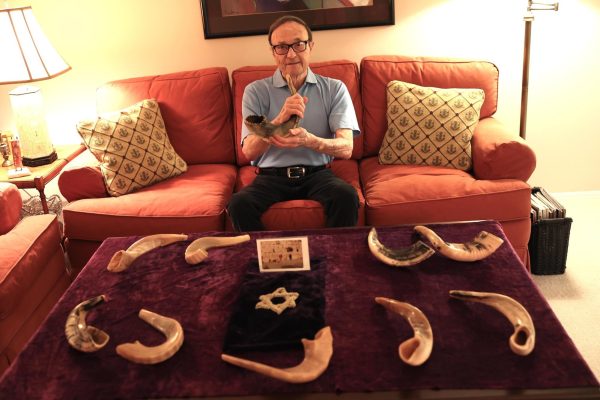
One shofar sitting on Loewenstein’s coffee table is special. It emits a hearty sound similar to a French horn. On this late September afternoon, he carefully held it, and put it to his lips to blow. Loewenstein acquired it in 1980 on a trip to Israel. It is dark and has intricate carving. He first blew it at the Western Wall in Jerusalem and, next month, he’ll blow it again 44 years later.



